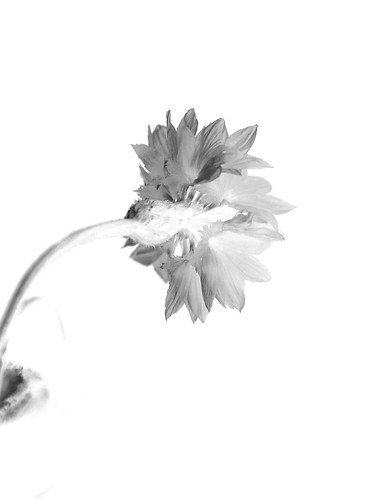In search of gold
According to Mike of 7 News / The Denver Channel, "this weekend and next weekend will be the peak time for viewing fall color. So what are you waiting for? Get outside and enjoy Colorado's gold splendor." Who are we to argue with Mike?! Besides, I love the list of short and long drives that he has collated! So we set out earlier this morning with #2 of Mike's short drives as our ultimate destination. In search of Colorado Gold.
From Louisville, we drove through Boulder to Ward via Lee Hill Drive. Yes! Ward, the town with old dilapidated trucks and broken down cars. I quickly took as many pictures as I could - most of which will appear on my Flickr photostream soon, I promise - and headed further up C-72 to meet C-7 on the Peak to Peak Highway. The views are gorgeous but there were only a few splotches of color along the way, as rock and pines line the route. It also did not help that my beloved drives at or over the speed limit, making it difficult for me to say: Stop! I want to take pictures of that...whizzzzz! It's gone. Forget it!
By the time I saw the lovely church, it too was just a memory.
But, we hold our breath each time we see this for the first time. No matter how many times we have seen it before.
As you can see, the sky was the beautiful blue that we are so used to in Colorado and nary a cloud. We stopped for some spectacular views of Longs Peak and then turned off on Marys Lake Road.
Marys Lake was the best route into town for us as our insides had developed a longing for the best sandwiches in Estes Park. At The Other Side, of course. The wind was whipping around by then but that did not deter us from going higher in elevation!
We entered Rocky Mountain National Park to find that Trail Ridge Road, the highest continuous highway in the US which tops off at about 12,183 feet, was closed at Many Parks Curve. The storm that brought down branches in our area had left hail, ice and snow at the higher elevations, making it unsafe for motorists. (Trail Ridge is not closed for the season yet but Old Fall River Road is, much to Medha's relief.) I felt really bad for the guy who was headed for Lake Granby as he had to head back down to I-70. But only for a minute as he was sure to catch some Colorado Gold. Mike had said...
We headed first to Moraine Park. Just one clump of golden aspens and some elk way deep in the meadows. Having gone through some of the pictures uploaded on the 7News web site, I expected the thick grove of aspens that welcomes you to Moraine Park to be glistening in the sun. But, to my surprise, it was mostly green! I think it will be afire by next week though. Not willing to give up yet, we headed for Sprague Lake - inspired as I was by these pictures. I am sure Bear Lake would have been very scenic but we didn't want to deal with the crowds that flock to that gorgeous piece of landscape. Sprague had its share of crowds but it was tolerable. And it was here, that I took my first memorable picture of a beautful golden aspen.
We also saw a large elk bull right by the parking lot. He seemed shy and wandered away quickly. Several of us wanted to follow him but his antlers were larger than all of ours put together, so we went towards the lake instead. We watched the trout try to swim upstream from the lake back to where they came from. Or was it the lake that they came from?! A bird fished alongside fishermen who cast their bait patiently into the lake. It was all very wonderful. It soon became magical when we chanced upon this...
Serendipitous!
The ducks were doing their best to seek shelter in the reeds from the blustery wind. They fluffed up their feathers, screwed up their eyes and hunkered down.
The lake glistened and well, this is as good as it got! Don't get me wrong, I'm not complaining!
We really should have headed home next but Trail Ridge always beckons, even if it is only up to Many Parks Curve. And it never fails to deliver because look what we saw next! An elk bull with missing antlers!
And further down, another bull elk! They were literally coming out of the woodwork onto the roads! We took a final pit stop at The Village Store in Estes Park...
We took a final pit stop at The Village Store in Estes Park...
...and we drove home via Lyons (Hwy 36) with big smiles on our faces, feeling very good about our day.
We didn't see much color but you know what? I think we found Colorado Gold.
If you would like to re-publish this Photo Essay or publish any of my images from this blog or from my Flickr photostream, please get in touch with me by email polarmate [at] gmail [dot] com.









